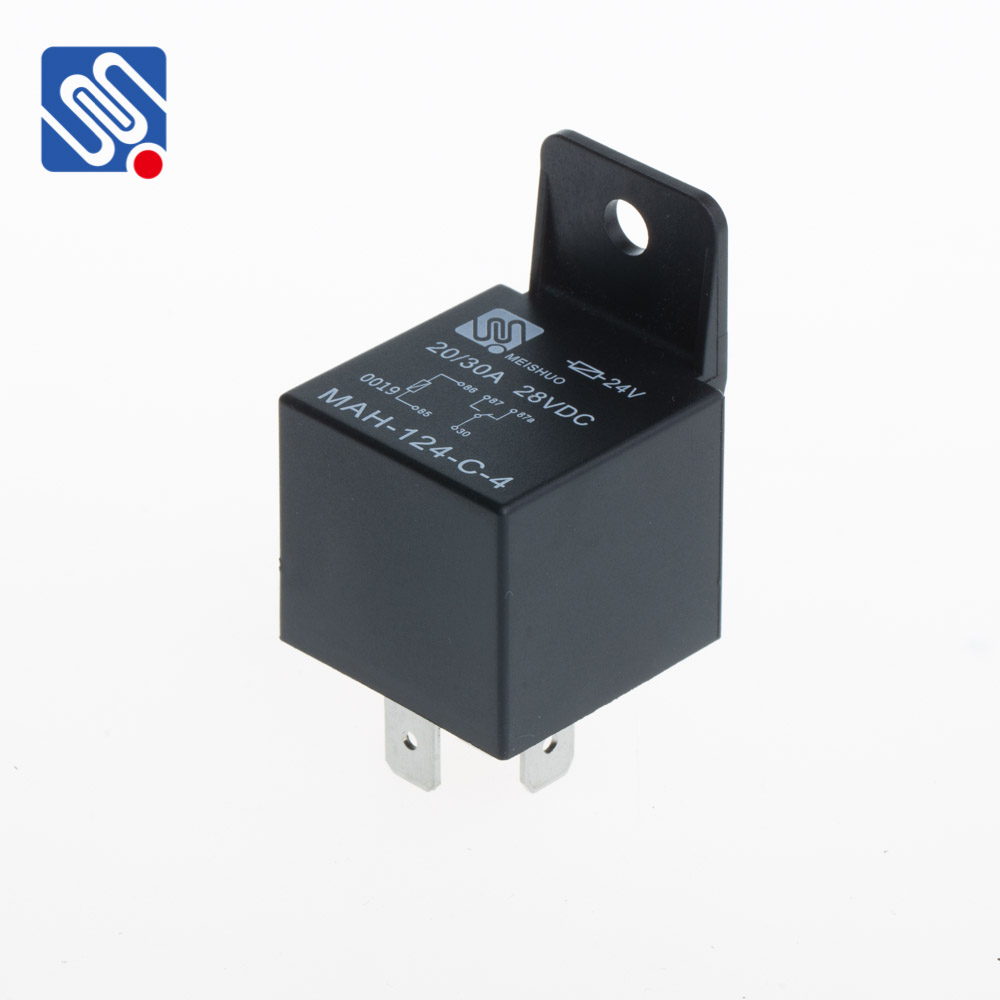relay operation guide: understanding the basics and proper use
Release time:2025-07-22 16:25:27
Relays are essential components in electrical systems, used to control a variety of functions from switching power to signaling in both industrial and residential applications. A relay operation guide serves as a detailed document that helps users understand how to properly operate, maintain, and troubleshoot relays. This article aims to provide a comprehensive overview of how relays work, how to install and use them, and essential safety and maintenance tips for ensuring reliable performance.

What is a Relay?
A relay is an electromechanical switch that uses an electromagnet to open or close a set of contacts. When current flows through the coil, the magnetic field generated attracts the armature, causing the contacts to change state. Relays are widely used for remote switching, automation, and protection in electrical circuits, allowing a small current to control a much larger current.
Types of Relays
Relays come in many types, each with specific applications and features. Some common types include:
Electromechanical Relays (EMRs): These are the most common type and use a physical armature to switch the contacts.

